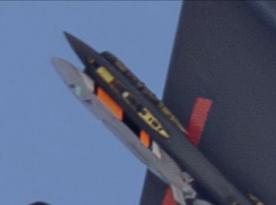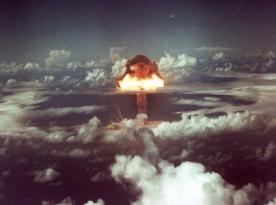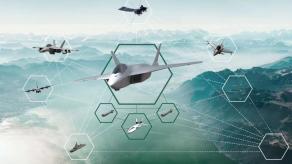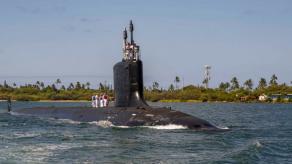The Ukrainian Navy showed a video of their naval drones attacking the Syvash drilling platform. According to reports in the russian media, the attack took place on the night of November 1-2.
According to the Ukrainian Navy, the strike hit an elite enemy special forces unit stationed at the drilling platform. An anti-tank guided missile system (presumably a 9K135 Kornet) as well as technical reconnaissance and surveillance equipment were also destroyed.
Read more: Ukraine's SOF Destroy russian Fuel Depot and Supply Warehouse, Crippling the Center Group' Logistics (Video)
The Navy did not disclose what kind of marine drones were used to carry out the strike. The video only shows that FPV drone carriers and kamikaze drones were used. Based on the available footage, we can make some assumptions.
There are a few possible types of naval drones this footage could show. The first is the new Barracuda drone family. There are nine variants, and not all of them have been shown publicly, making direct comparison impossible. This assumption is supported by the fact that the Barracuda was developed within the 40th Coastal Defense Brigade of the Ukrainian Marine Corps, making its use within the same structure logical.

It is possible that Barracuda 9 was used for the kamikaze attack. Both have similar nose sections. The footage also appears to show the AI identifying the drilling platform and subsequently determining the impact point on its support. This appears to confirm earlier reports about the use of artificial intelligence in the Barracuda family.
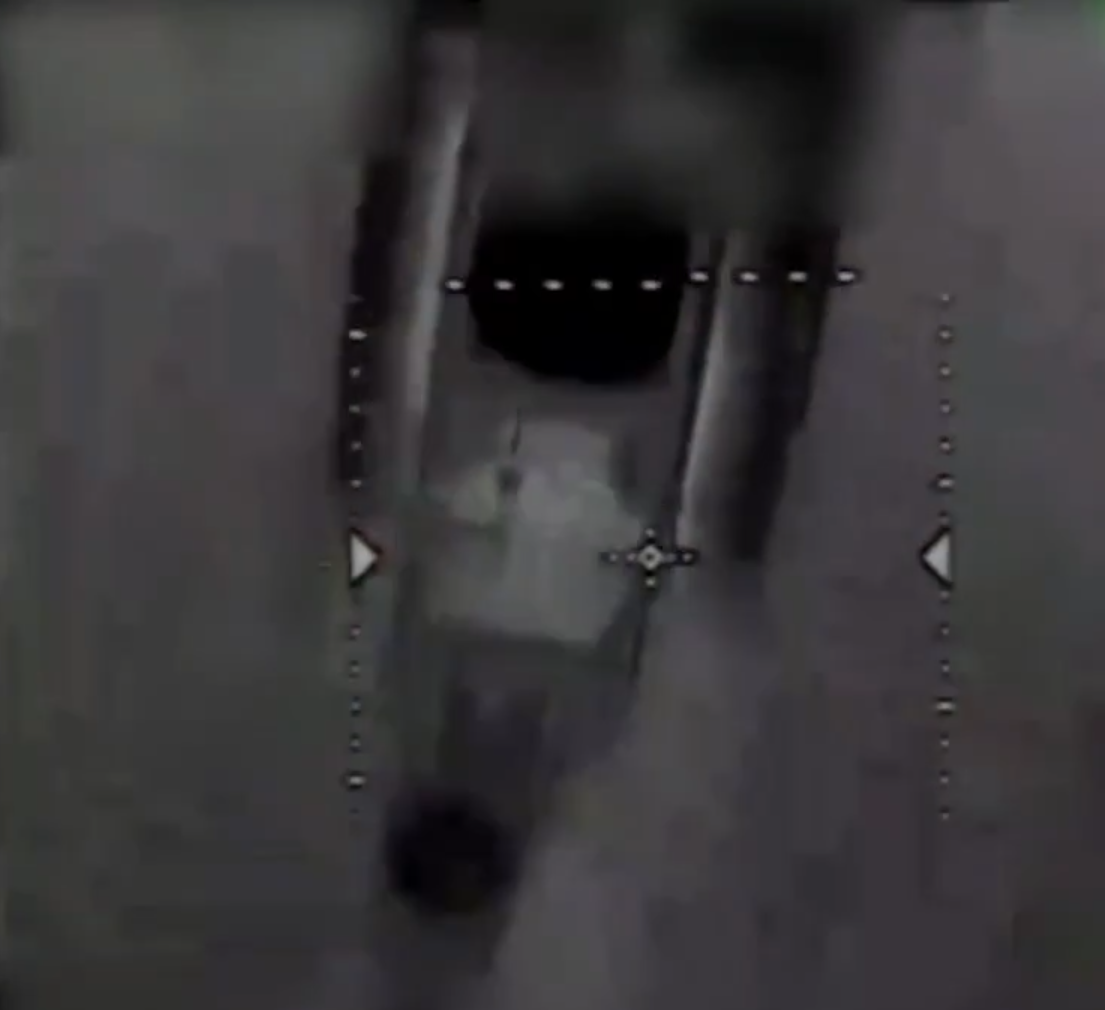
The second option is a variation of the Sea Baby marine drone, which is being developed by the Security Service of Ukraine. In particular, it most closely resembles the model that was captured by russians in September of this year. A similar design supports this theory. In particular, both drones feature an elevated section in the engine area, which likely houses radiators or cooling vents on the sides. As a result, two characteristic "stripes" can be seen in FPV thermal imagery.
In addition, the overall shape of the hull is similar, with an almost identical superstructure with a small radar, antennas, and other equipment. Furthermore, the FPV drone compartments are positioned in roughly the same location. In both cases, the satellite communication antenna (likely Kymeta) sits between the drone compartments and the superstructure. However, the compartments differ in structure, and it remains unclear how the Sea Baby came to be there.
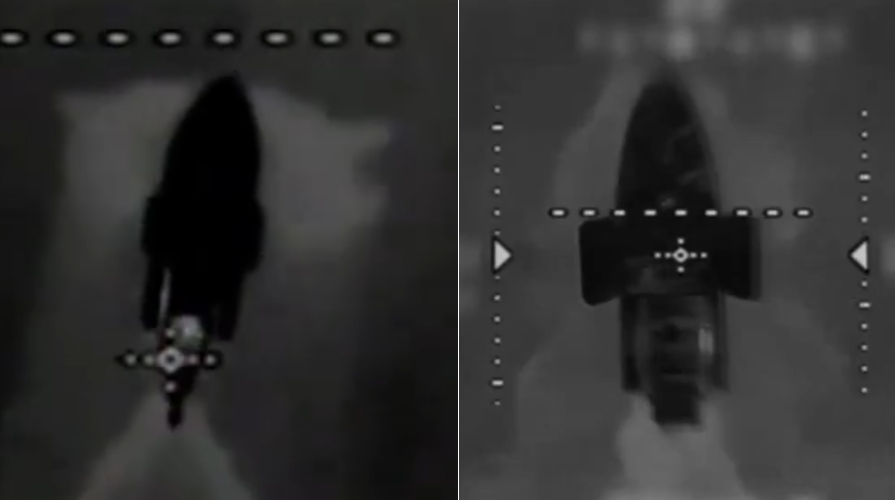
The third option is another unnamed marine drone. Here, it is worth noting a similar attack by the Ukrainian Navy in December 2024, when a group of similar marine drones carrying FPV drones attacked gas platforms.

At the time, naval analyst H. I. Sutton suggested that the attack had been carried out by a new type of naval drone and produced an illustration of what it might look like. After almost a year, some of the equipment might have changed and a superstructure may have been added. However, key features, such as the raised section above the engine and the shape of the hull appear to have remained the same.
Since this drone remains unnamed and not all Barracuda variants have been revealed, it could actually be one of them. However, this is only a guess.
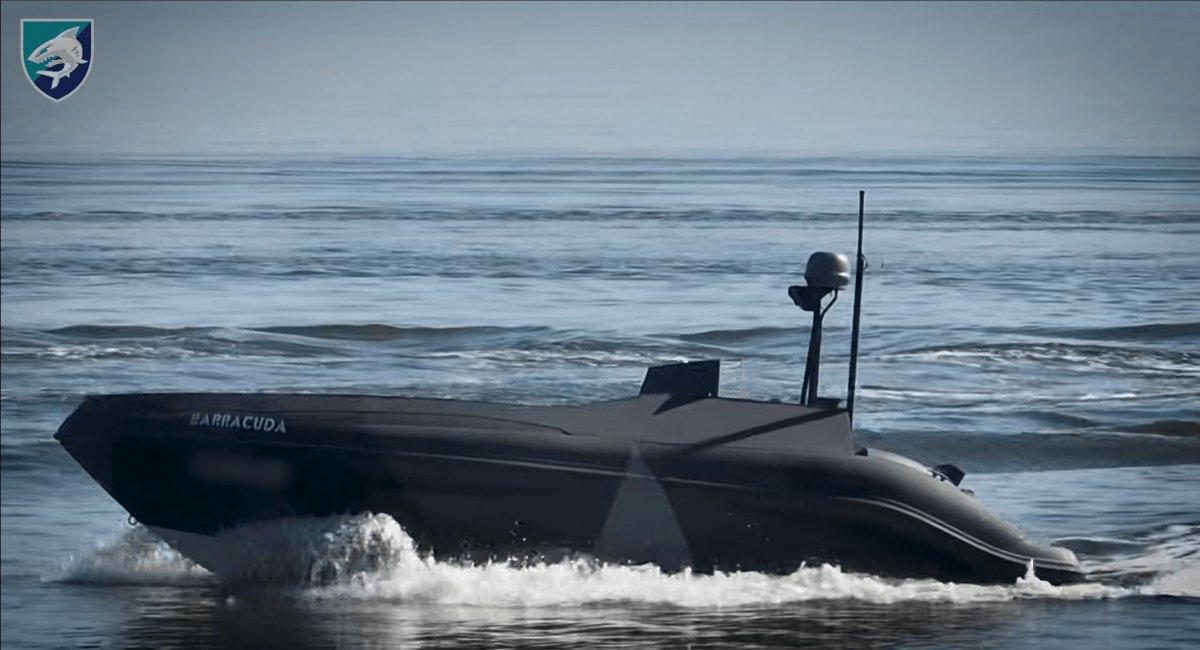
In conclusion, it is currently impossible to determine with certainty which types of naval drones were used. The most likely scenario is that the Barracuda 9 carried out the kamikaze attack, while either the Sea Baby or an upgraded version of last year's unnamed drone launched the FPV drones.
At the same time, russians are confusing the facts in their reports about the attack. Some sources claim the attack came from a single direction and involved six drones, while others report it came from two directions and involved nine in total.
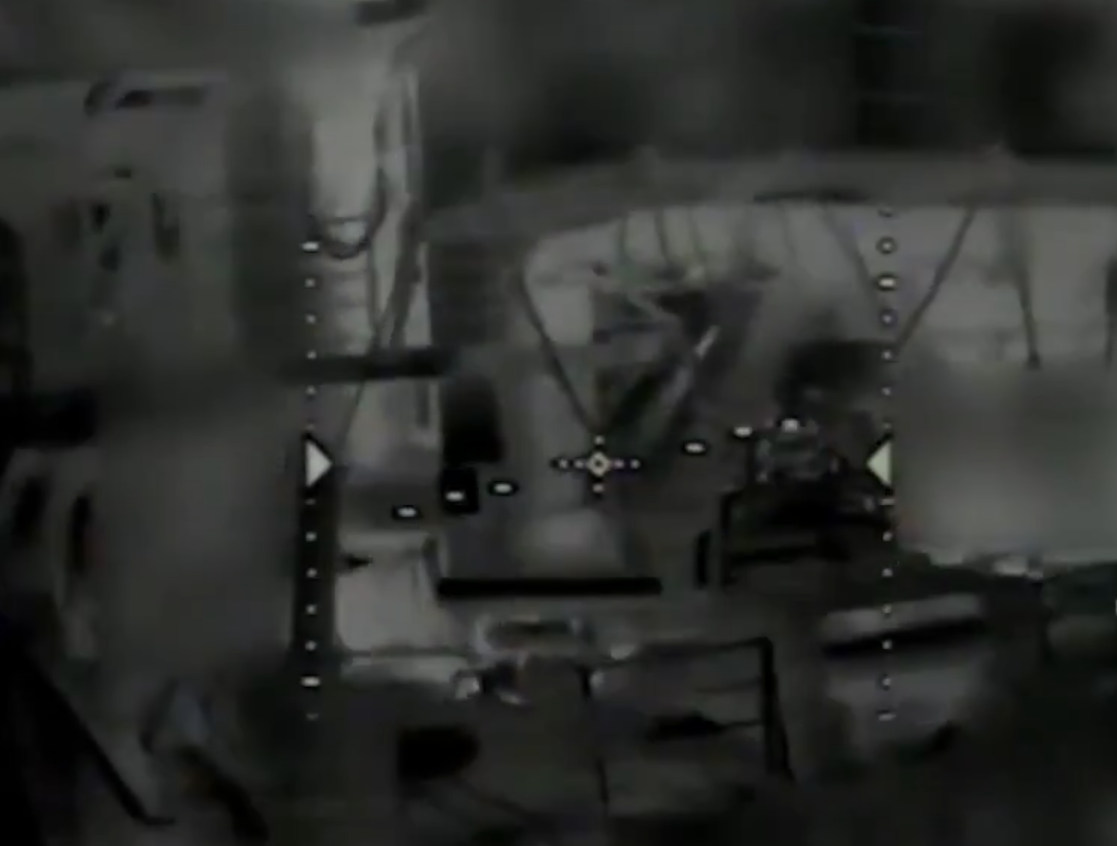
However, all sources agree that only one drone is believed to have reached its target, while the others either retreated or were destroyed by Lancet and Kornet anti-tank missiles. Nevertheless, russians tend to exaggerate their successes, so there may have been significantly fewer drones involved in the attack.
In addition, the video shows that at least two kamikaze drones reached their target. Those that retreated could have been reusable FPV drone carriers, and after expending their payloads, they likely returned to base.
Read more: Ukrainian Intelligence Cripples russian Air Defense: the S-400, 92N6E, AORL-1AS and P-18 Systems Down (Video)





